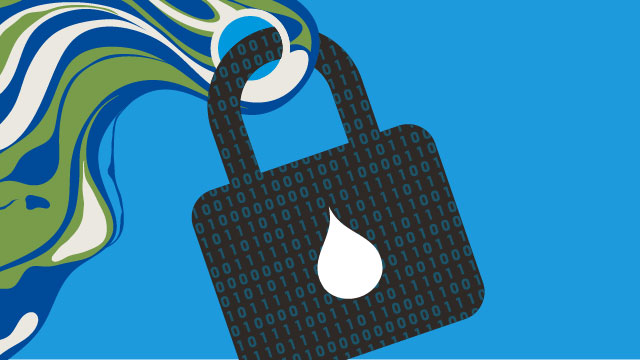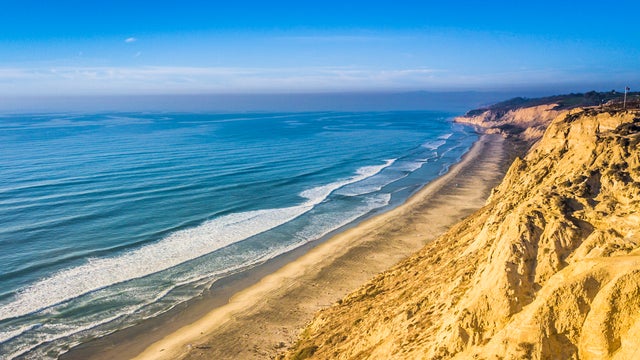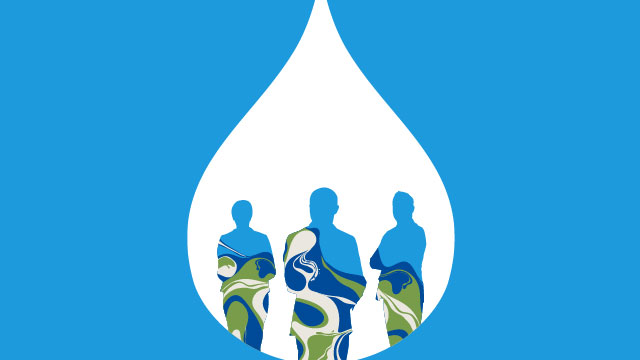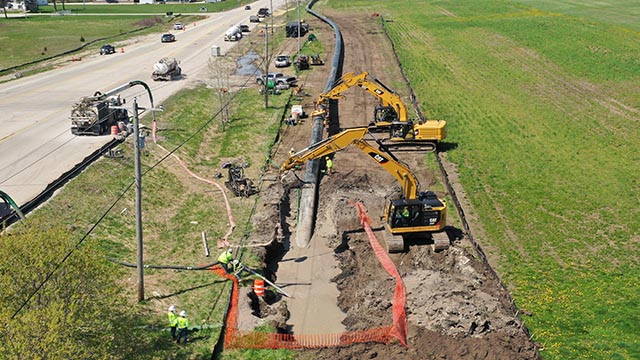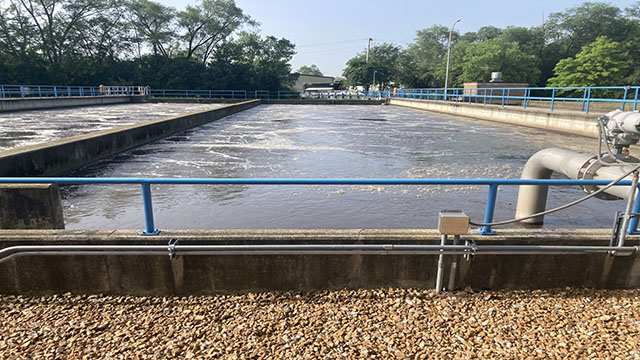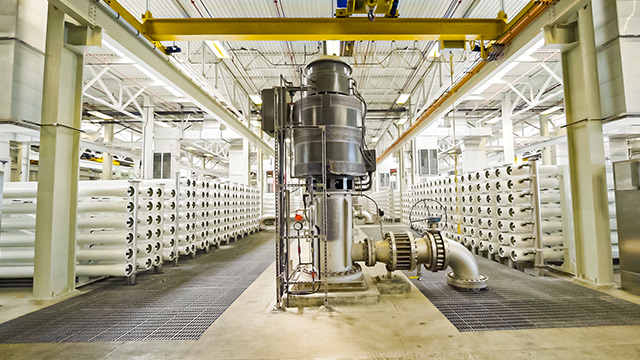The interest in drone technology by electric, water and natural gas utilities is growing at a rapid pace, and this relatively new application for utilities seems positioned to eventually become a best practice as the usage is woven into more projects.
According to Black & Veatch’s 2016 Strategic Directions: Smart City/Smart Utility report, more than 60 percent of survey participants view drones as providing value for their construction, maintenance and operations programs.
Brad Hardin, Global Chief Technology Officer for Black & Veatch, said utility providers see many opportunities to accomplish projects more economically.
“But just owning the drone equipment will not be a differentiator,” Hardin said. “The innovative things that utilities do with the data they capture will create the competitive advantage for them.”
For electric and natural gas providers, this reflects a strong interest in pipeline and power line project inspections and image capture instead of more costly and time-intensive measures such as using helicopters and line inspection crews. It is easy to understand the growing attraction to drones.
“As drone use becomes more accepted and implemented, those working to provide design, engineering and construction services to utilities must adopt drone capabilities. We expect their use will climb sharply.”
Brian Melton, Technology Strategist in Black & Veatch’s water business
Major Hurdles for Drones to Clear
Before drone technology becomes ubiquitous, however, it will require revisions of current federal mandates concerning the use of unmanned aerial systems. Drones have the capability for autonomous flight, where they can be programmed to inspect miles of natural gas pipeline or power line distribution. However, using drones on large linear projects poses a challenge for utilities due to current Federal Aviation Administration guidelines.
Under current regulations, a commercial drone must always be in the line-of-sight of the person operating it, according to Brian Melton, Technology Strategist in Black & Veatch’s water business.
In addition, commercial users currently must have a pilot’s license to operate the drone. Also, a regulation that drones must be less than 55 pounds makes it difficult to add other types of inspection equipment, Melton said.
Using Drones to Capture Data with LIDAR
What is LIDAR?
A remote sensing technology that measures distance by using a laser to illuminate an object and then analyzing the reflected light.
What are the benefits of LIDAR?
- Allows designers to leverage accurate information from real-world conditions.
- Keeps designers from having to start their work from scratch.
- The detailed 3D point cloud generated from the LIDAR scanning can be directly used within many current design applications.
